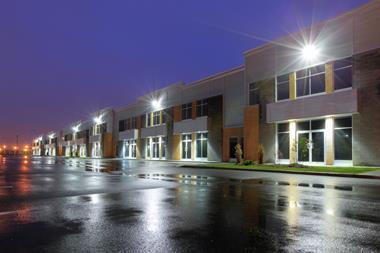New lending in UK commercial property remained steady last year – although at lower levels than in 2015, according to the 2016 De Montfort Commercial Property Lending Report.
The study showed that new lending was down by 17% in 2016, compared to its post-crisis peak in 2015.
However, the UK’s vote to leave the EU had a minimal impact on new lending activity: lenders originated £21.4bn (€25.3bn) in the first half of 2016 – and a marginally higher £23.1bn in the second half, after the referendum vote.
Peter Cosmetatos, chief executive of CREFC Europe, said the UK lending market seemed “relatively resilient and stable, with signs that lenders are becoming increasingly cautious”.
“This can be seen in the historically high concentration of lending in London and the south east, persistently limited appetite for development lending, and falling LTVs and rising margins,” he said. “While the property cycle seems to have some way to go, interest rates and other macro factors are responsible for that, not lender exuberance.”
While some non-bank lenders were also able to increase their market share, most categories of lenders, including North American banks and insurance companies, recorded a decline in market share.
In a shift from 2015, where 55.6% of debt issued was for new acquisitions, 61% of new lending in 2016 was refinancing for existing loans.
At year-end 2016, the total value of loan books grew by 0.5% to £191.5bn.
Average maximum loan-to-value ratios declined during the year by around 5% for prime office senior loans, and the average ratio for senior loans secured by secondary property was by the end of the year below 60% for office, retail, and industrial property.
Around 63% of the total debt secured against property was in London and the south east, compared with 12% for the north, 11% in the Midlands and Wales, and 4% in Scotland.









